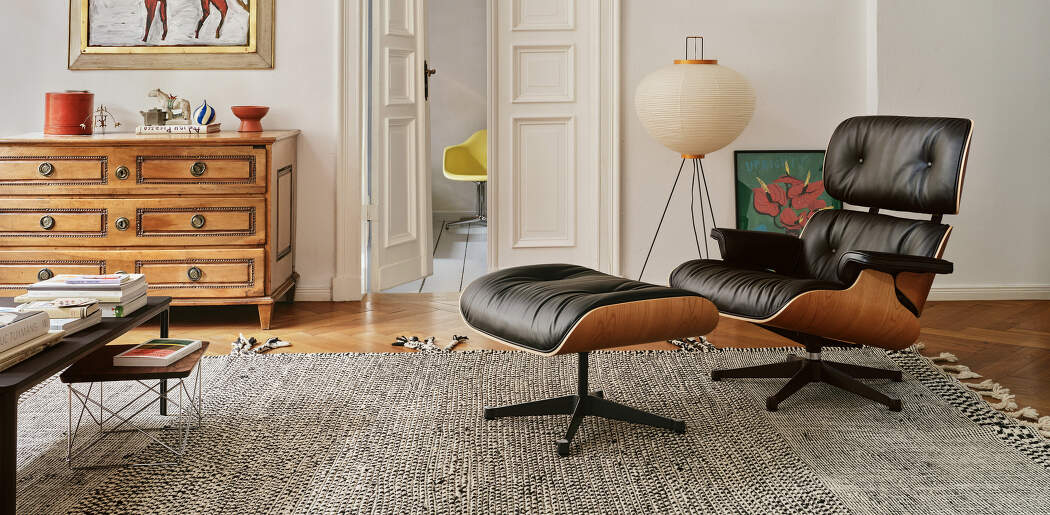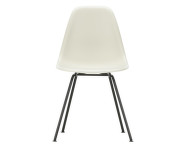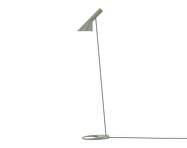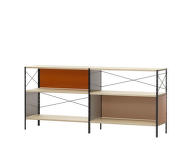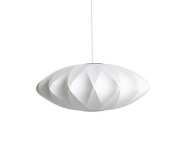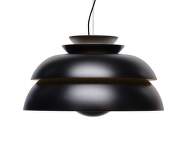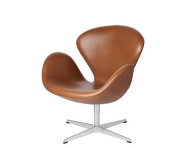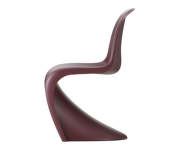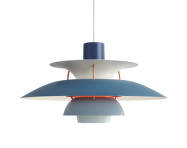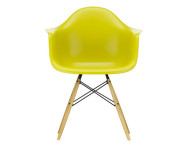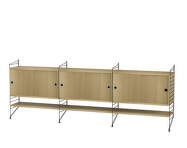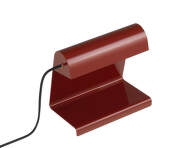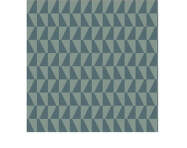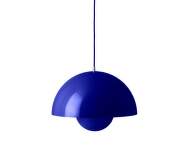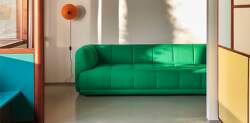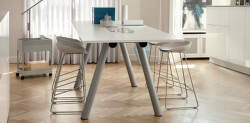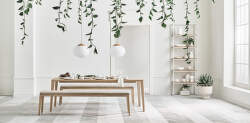The middle of the last century was a period of extraordinary creativity and innovation in design. Designers at the time drew on a deep tradition of craftsmanship, which they also pushed in new directions - experimenting with modern materials such as plastic, fibreglass and plywood. It was out of this tension between tradition and modernity that mid-century modern - one of the most distinctive design movements of the 20th century - was born. The two most influential foci of this movement - Danish and American - developed their own visually recognisable identities.
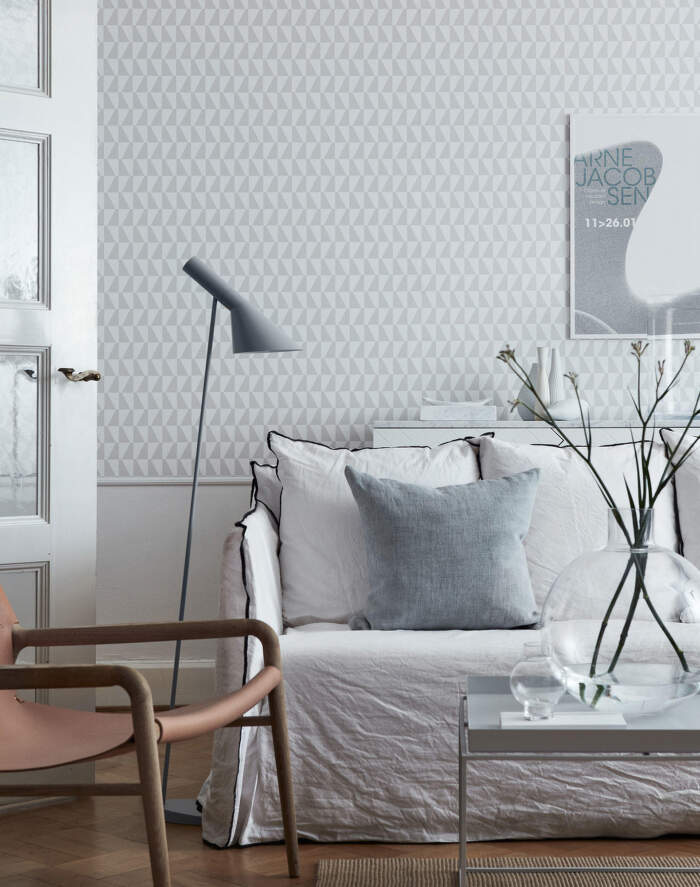
Danish elegance and purity of craftsmanship
The Scandinavian - particularly Danish - branch of mid-century modern style is characterised by a minimalist aesthetic and a deep respect for materials and craftsmanship. Danish design of this era is often associated with gentle curves and organic shapes.
Furniture by Danish designers stands out for its craftsmanship but simplicity - without excessive ornamentation. The emphasis is on timelessness and durability - a style that is meant to last, not impress.
The furniture and architecture department at Copenhagen's Royal Danish Academy of Fine Arts, founded in 1924 by Kaare Klint, was a hotbed of exceptional talent. He thus shaped a generation of designers who would later be at the birth of many Danish and international design icons. His students or successors included Arne Jacobsen, Jørn Utzon, Hans J. Wegner, Christian Hansen, Poul Kjærholm, Finn Juhl - names that today bear the signature of many famous products and architectural works.
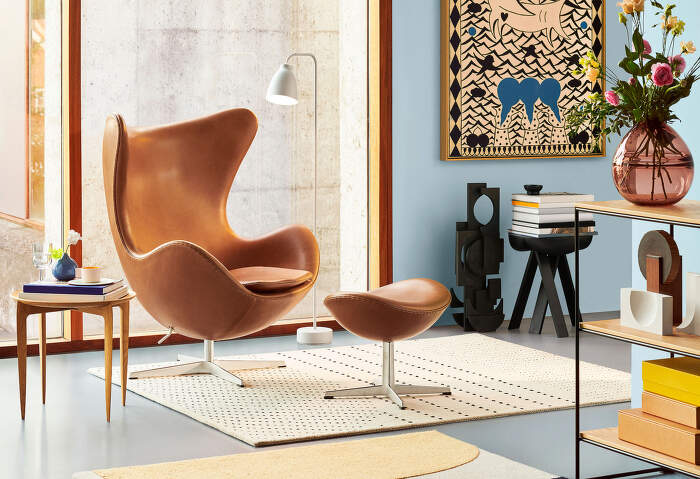

Iconic pieces such as the famous Egg™ Chair or Arne Jacobsen' s Swan™ (both designed for the SAS Royal Hotel project in Copenhagen) are still symbols of the Nordic concept of elegance. Jørn Utzon, the architect famous for designing the Sydney Opera House, is the author of the Tivoli and Concert luminaires with the same signature.
Enfant terrible of Danish design - Verner Panton
While most Danish designers of this era emphasised natural materials, craftsmanship and subdued elegance, one of their peers went in a very different direction. Verner Panton blazed a trail of radical experimentation with shapes, colours and synthetic materials. His futuristic design, culminating in the iconic Panton Chair in moulded plastic, stood in contrast to the more sedentary aesthetic of his Danish colleagues. Verner Panton was long seen as an "enfant terrible" in Denmark, and his plastic, colourful and experimental work was misunderstood by the domestic audience, so he realised his most important works in Switzerland in close collaboration with Vitra, who still produce his Panton Chair.
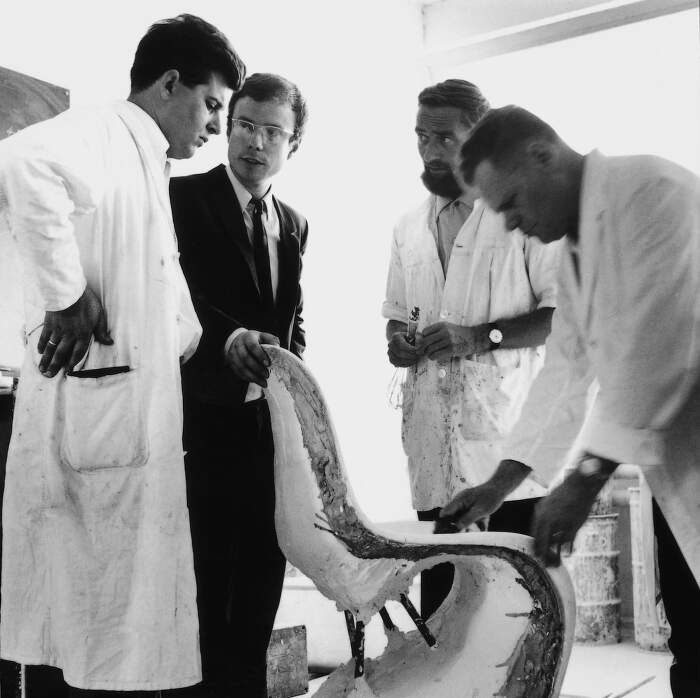
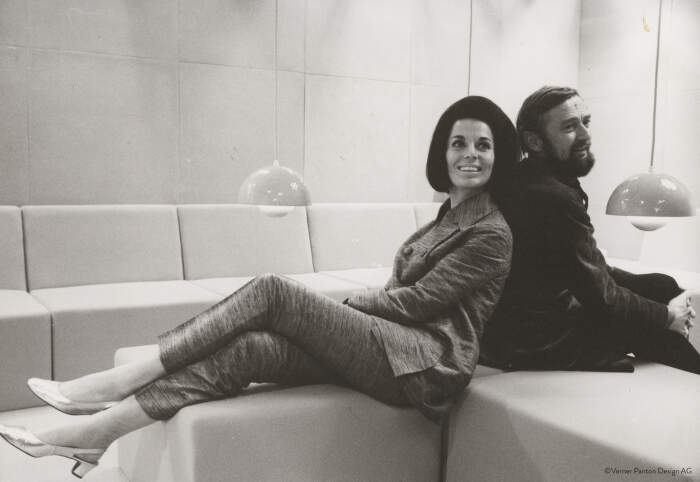
However, from the 1980s and 1990s his work began to be significantly rehabilitated in Denmark - his contribution was reassessed and he is now considered one of the most important Danish designers of the 20th century. In particular, collections of lighting fixtures such as Flowerpot (now produced by &tradition) and Panthella (produced by Louis Poulsen) are very popular.
American courage and innovation
While the Danish school stands out for its quiet elegance and precision, on the other side of the Atlantic, mid-century modern in the USA was shaped in a somewhat different spirit. Influenced by post-war optimism and technological advances, American designers of the 1950s began to experiment with new materials and shapes. The result is a style that is more dynamic, sometimes even futuristic, but still highly functional.
The American branch of the mid-century modern style is closely associated with mass production and the democratization of design - quality and beautiful furniture was to be available to a wider public. In particular, the legacy of husband and wife team Ray and Charles Eams is still very strong in design today. They were particularly dedicated to three-dimensional wood bending and the possibilities of this in furniture - the result is the famous Plywood LCW chair.
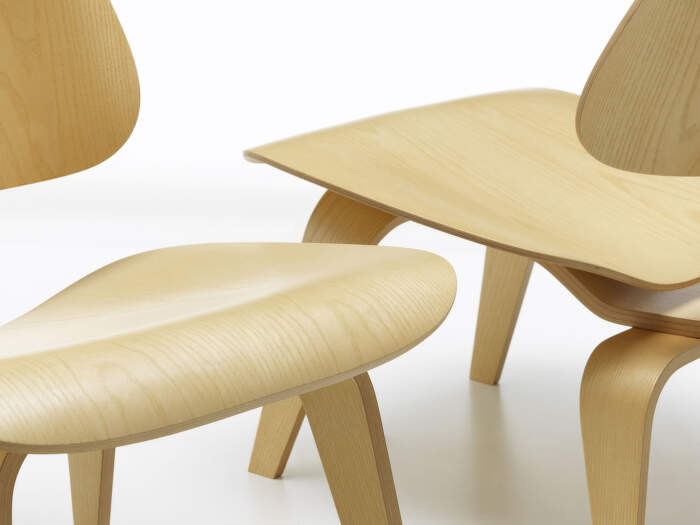
Subsequently, in an effort to produce an affordable and mass-producible chair that conformed perfectly to the human body while being durable and lightweight, they gradually began working with fiberglass. Eames Fiberglass became the first mass-produced fiberglass chair. Today, in addition to the fibreglass re-edition, the Eames Chair is also produced with a polypropylene seat.
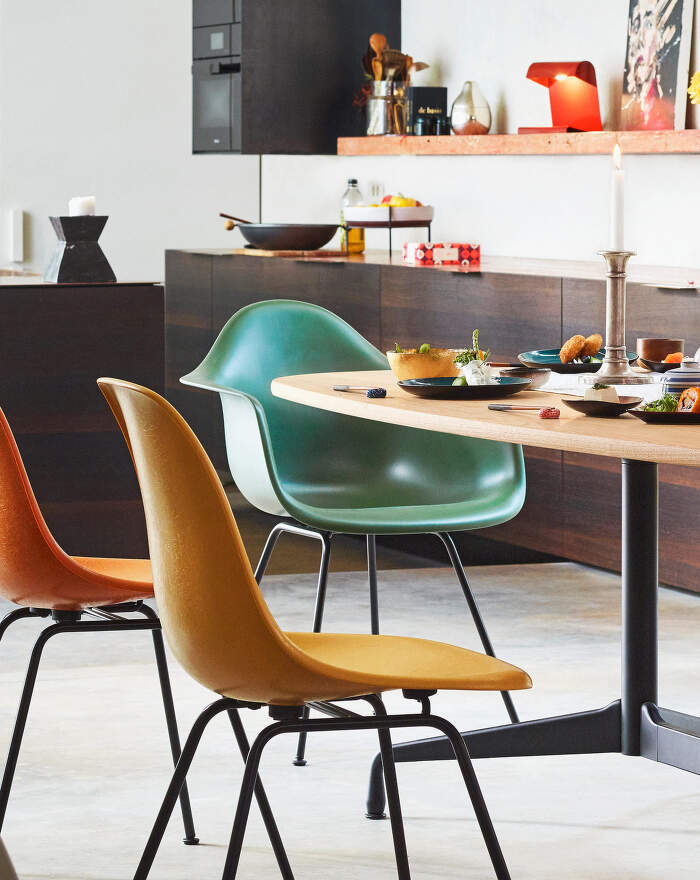
Many other design icons from this era, such as the Eames Lounge Chair (also by the Eames family), the Tulip Chair by Eero Saarinen and George Nelson's lamps, are still in design textbooks as well as many contemporary interiors. And thanks in particular to the Vitra brand, which owns the licenses to manufacture and distribute Charles and Ray Eames' designs for the European market, many iconic pieces of furniture and accessories of American post-war design can now also be purchased here at Designville.
Shared values
Whether Danish or American, both branches share common values: respect for craftsmanship, functionality and a belief that good design improves everyday life. With brands such as Fritz Hansen, Louis Poulsen, Vitra, &tradition, Gubi, String and Audo still producing many of these immortal pieces or re-editions, the DesignVille range is peppered with a large number of these timeless design icons.
Join us for a look at an inspiring selection in mid-century modern style.
